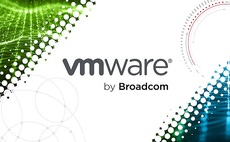Both vendors playing catch-up in giving programmers cloud-based software development platforms
Red Hat has become the latest vendor to offer companies open source platform as a service (PaaS), OpenShift, which will enable software developers to build, test, deploy and run new applications as...
To continue reading this article...
Join Computing
- Unlimited access to real-time news, analysis and opinion from the technology industry
- Receive important and breaking news in our daily newsletter
- Be the first to hear about our events and awards programmes
- Join live member only interviews with IT leaders at the ‘IT Lounge’; your chance to ask your burning tech questions and have them answered
- Access to the Computing Delta hub providing market intelligence and research
- Receive our members-only newsletter with exclusive opinion pieces from senior IT Leaders






















